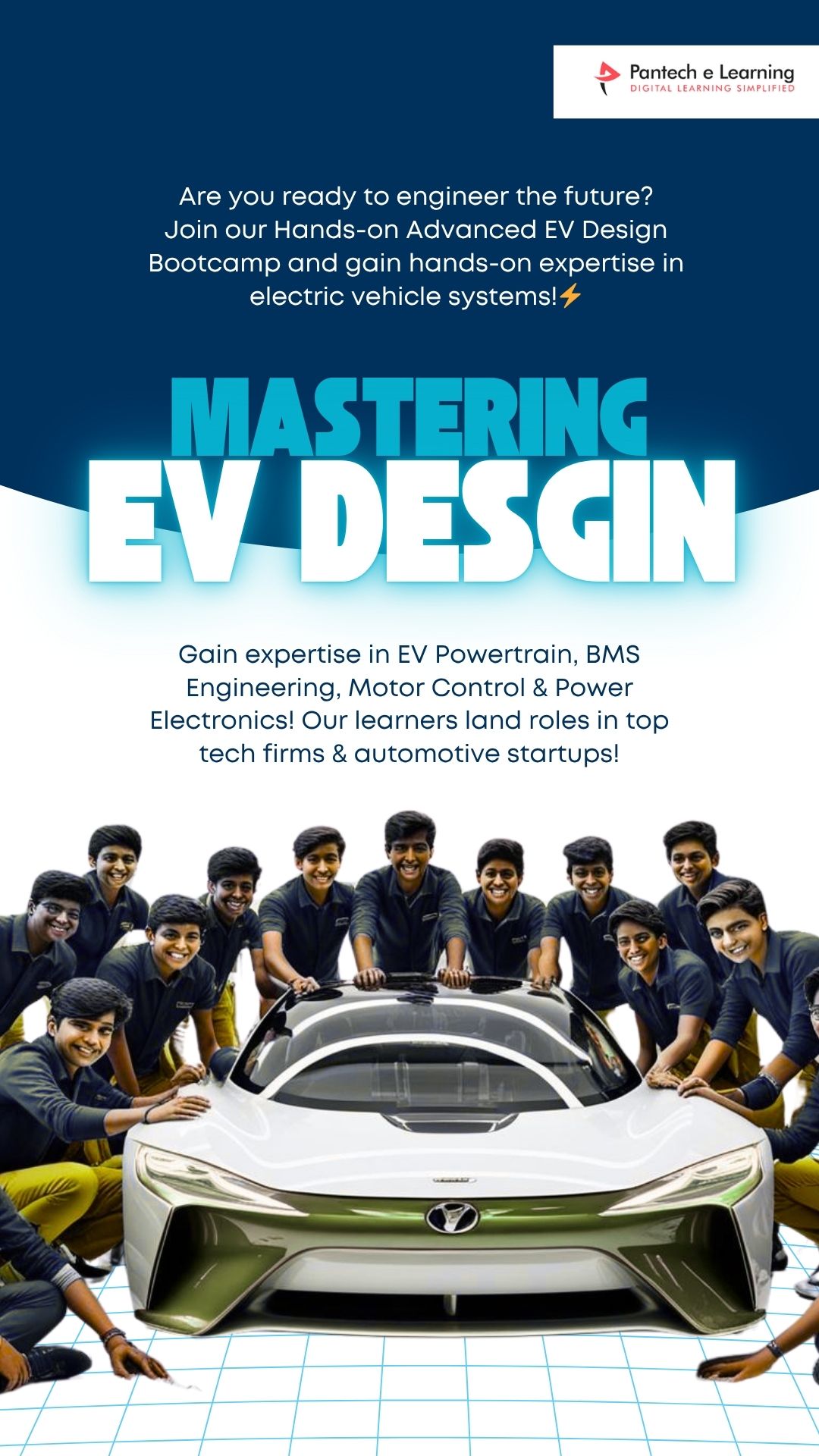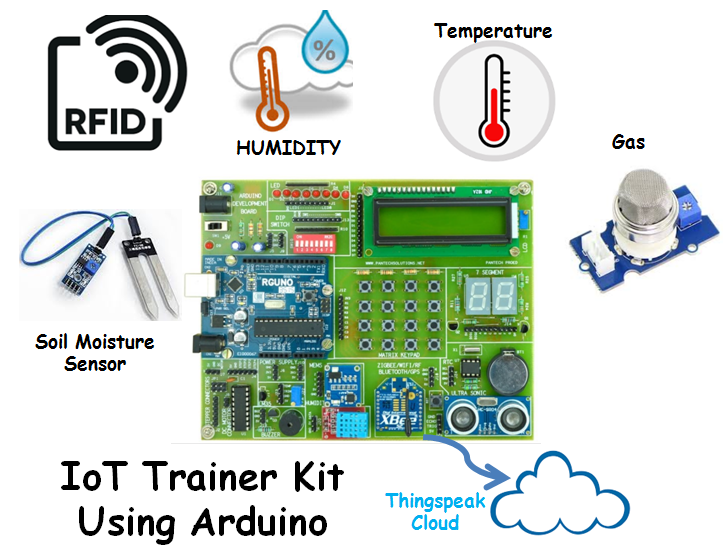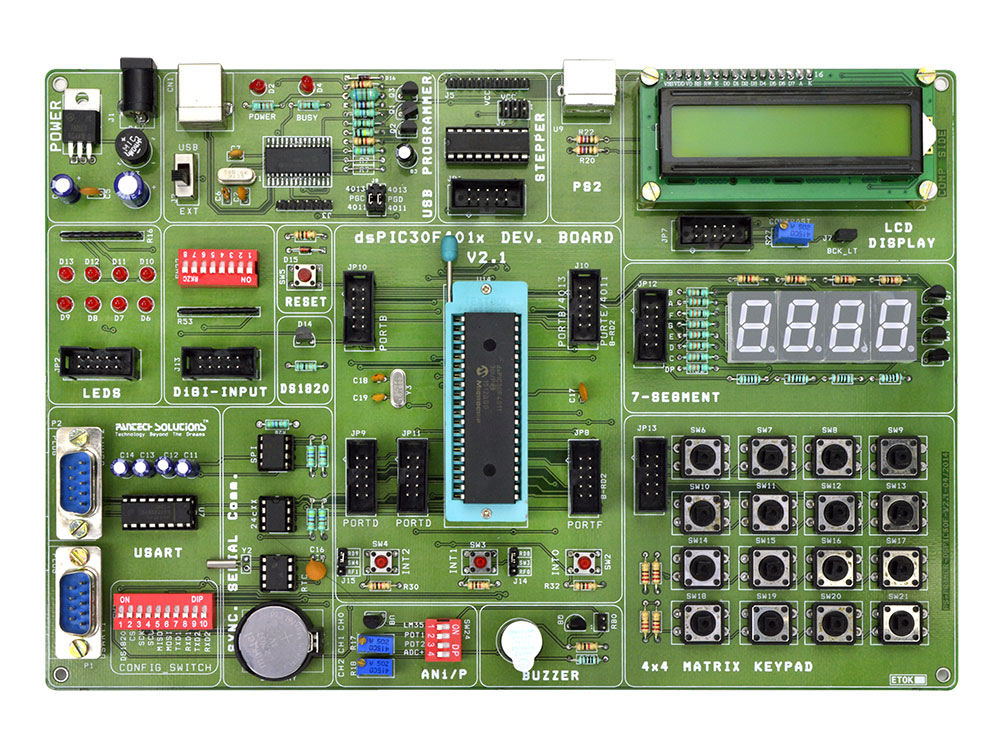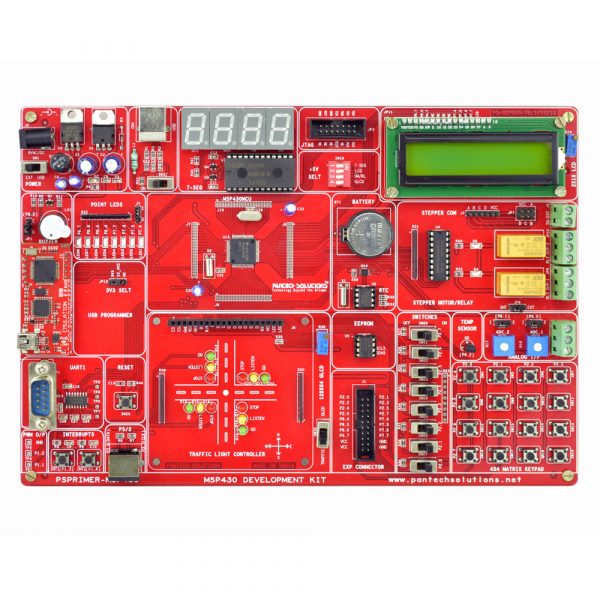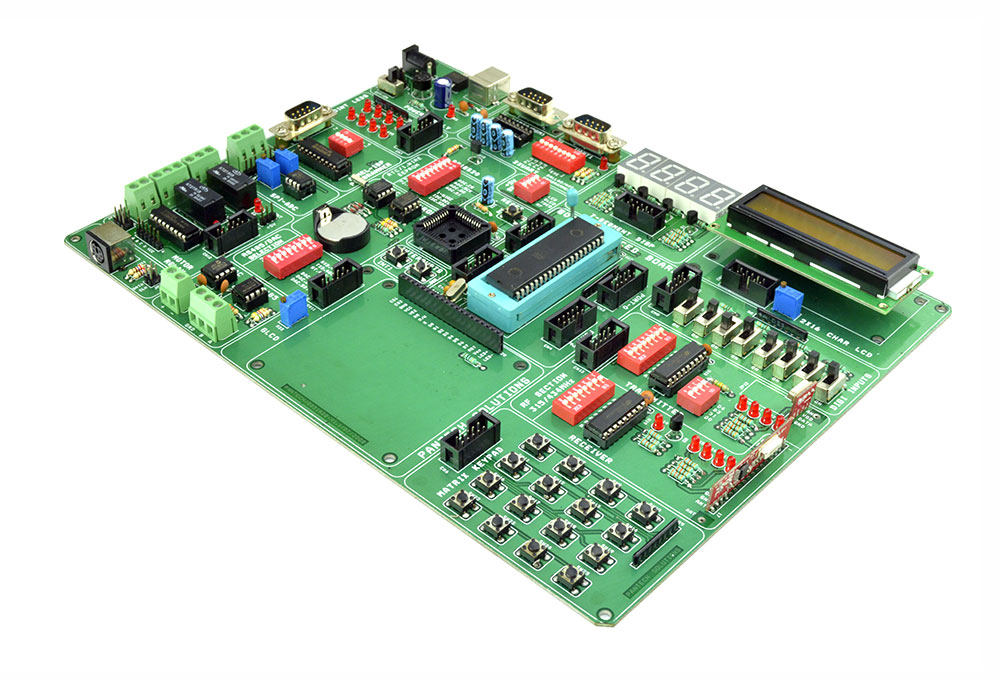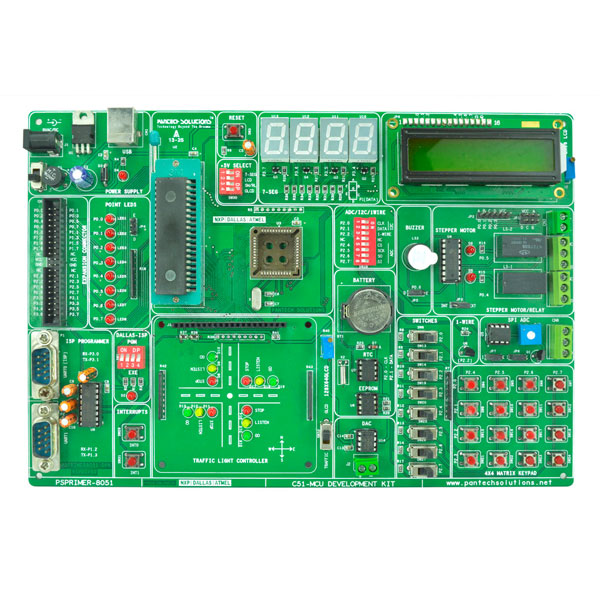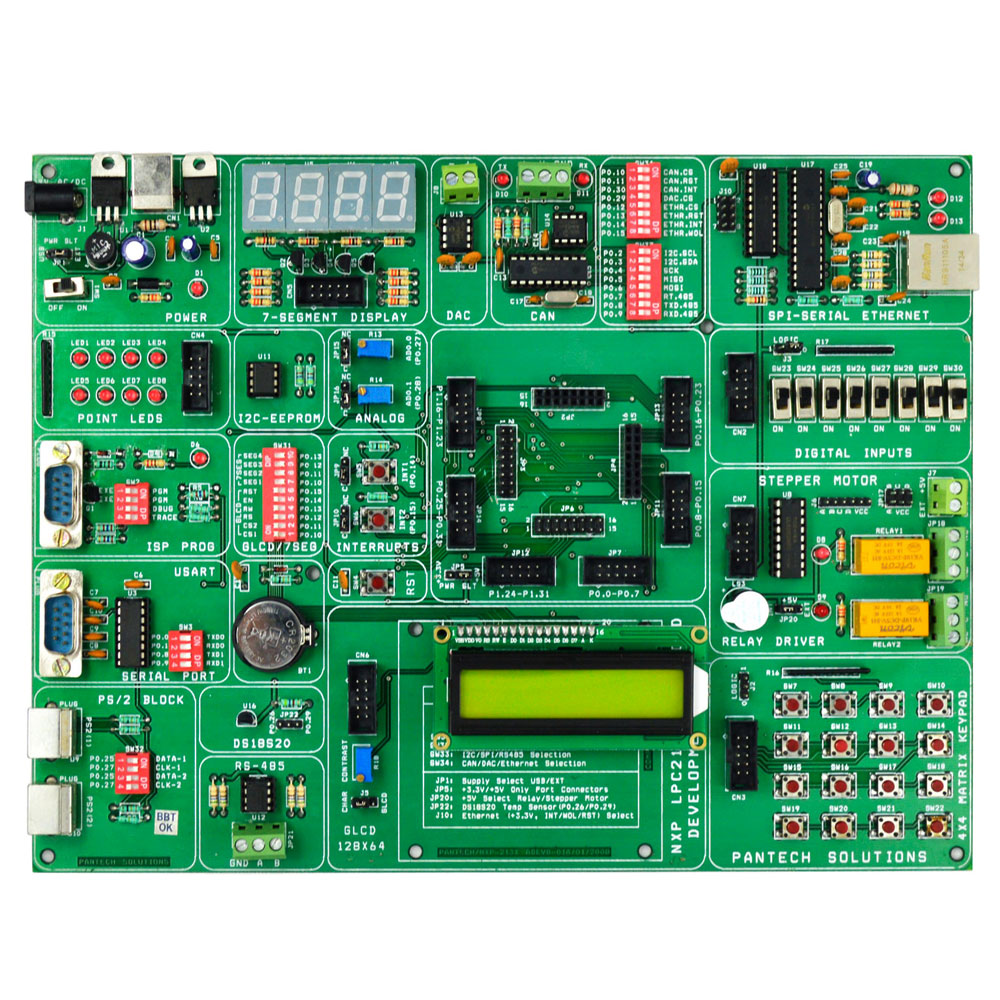VIT Staff's Industrial Visit at Pantech Solutions India Pvt. Ltd.
Empowering Academia with Hands-on AI and FPGA Technologies
Industrial Visit by VIT Faculty to Pantech Solutions India
24.05.2025 | friday
How can Artificial Intelligence come alive through hardware?
That question came to life on May 24, 2025, when faculty members from Vellore Institute of Technology (VIT) visited Pantech Solutions India Pvt. Ltd. for an immersive industrial experience. The session featured a live demonstration of AI-powered applications on Intel’s Altera MAX10 FPGA development board—transforming complex theoretical concepts into real-time, interactive systems.
This visit exemplified our commitment at Pantech to bridge the gap between academic theory and industrial practice through hands-on learning, collaboration, and innovation.
Experience Overview
The industrial visit aimed to expose participants to real-world applications of FPGA (Field-Programmable Gate Array) technology, specifically in areas such as AI acceleration, embedded control, and visual system development. Faculty members received a comprehensive walkthrough of:
- FPGA architecture fundamentals
- Real-time demonstrations of AI and control systems
- System integration and RTL workflows
- Collaborative innovation with Intel technologies
Technology in Action: Altera MAX10 FPGA Demos
Pantech’s team showcased in-house developed projects using the Altera MAX10 FPGA board, including:
🧠 MNIST AI Inference on FPGA
A live handwritten digit recognition system implemented entirely on the FPGA. The model, known for its image classification capability, ran with minimal latency—up to 488 times faster than typical CPU-based systems.
⚙️ Motor Control via PWM
Precision speed control of a DC motor using PWM signals generated from the FPGA. This demonstration highlighted low-power, high-accuracy solutions for industrial automation—up to 20x lower power consumption compared to traditional platforms.
🎮 Interactive Ping Pong Game
An engaging ping pong game built using Verilog and rendered in real time via VGA output. The demo showcased concepts like game logic, input handling, and real-time visual processing—all on a single FPGA.
🖥️ VGA Monitor Interfacing
Demonstrated real-time video signal processing and output using custom video sync logic. Ideal for factory visual inspection systems and user-interface modules in embedded products.
Inside the FPGA: Architecture & Insights
Participants explored the MAX10 board’s architecture, diving into:
- Look-Up Tables (LUTs), Flip-Flops (FFs), and Multiplexers (MUXs)
- On-chip die flash memoryfor standalone operations
- System design flows from Verilog coding to live implementation
This session demystified how hardware blocks are orchestrated to perform complex logic functions—paving the way for deploying AI on edge devices and embedded platforms.
Impact on VIT Faculty

The visit delivered substantial value to the academic team:
- 🎓Strengthened Understanding of AI Deployment on Hardware
- 🛠️ Practical RTL Design Workflow Exposure
- 🔄End-to-End System Integration Skills
- 📘Reinforcement of Academic Curriculum in Real-World Contexts
It served as a collaborative bridge—empowering faculty to translate these insights into enriched classroom learning, lab innovations, and student project guidance.
Looking Ahead: Collaborate With Us
- Email: sales@pantechmail.com
- Website: pantechelearning.com
- Exploring EV models & Battery Management Systems
- Deep dive into autonomous systems & Steer-by-Wire tech
Let’s innovate together—and prepare the next generation of tech leaders.
- All Projects
- Product


